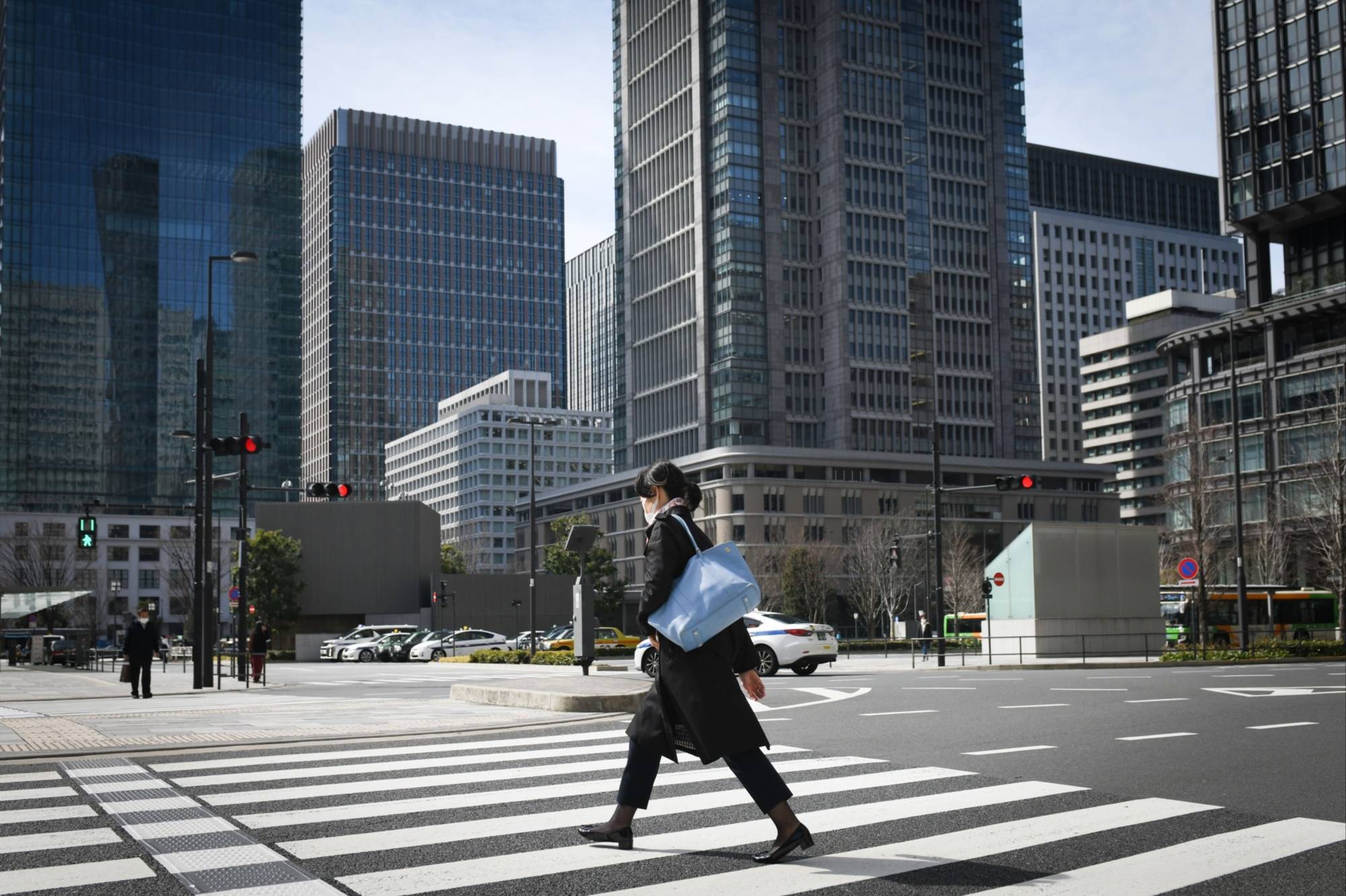Japan’s economy contracted less than initially estimated at the beginning of this year, with revised figures showing consumer spending held up in the first quarter of the year even as the country suffered from its worst outbreak of the pandemic yet.
Gross domestic product shrank an annualized 0.5% in the three months through March, updated numbers from the Cabinet Office showed Wednesday. Consumption continued to grow in the quarter despite a raft of omicron-related restrictions on business operating hours during a large part of the period.
While the smaller contraction points to the start of a consumption pickup that should run through this quarter, it still leaves Japan’s economy below its pre-pandemic size, a factor that is likely to keep the government and the Bank of Japan continuing support for the recovery.
















With your current subscription plan you can comment on stories. However, before writing your first comment, please create a display name in the Profile section of your subscriber account page.